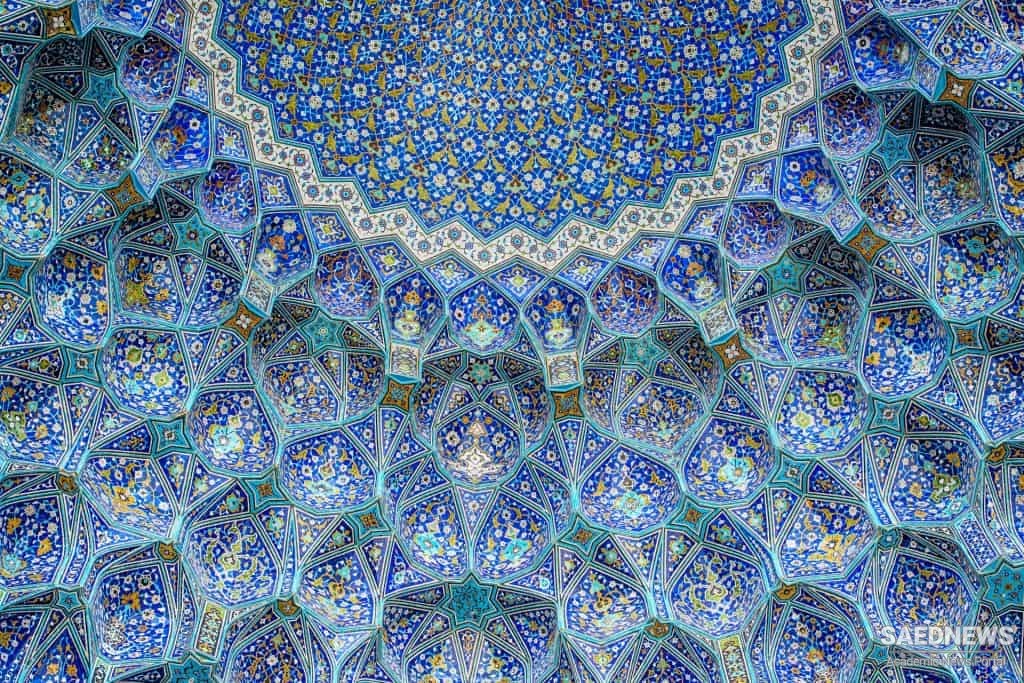Just as at the beginning of the 9th/15 th century the leaders of the Aq Quyunlu and the Qara Quyunlu expended all their energies in attaining military power and acquiring territorial sovereignty, so Junaid and Haidar too were dedicated to the pursuit of political goals. Then as now the notion of warring for the faith appears to have figured as a welcome motive, if not as a pretext. Whether the two Safavids were driven by a more profound religious zeal, for instance by a desire to launch a Shia mission, cannot at present be established and in fact seems doubtful, although in their case too the ideas of Folk Islam certainly included a series of Shia features. In Isma'Il's case we are faced with different assumptions, inasmuch as he spent a lengthy period of his childhood in a Shia enviroment and was apparently given instruction in the Shia faith. Moreover, he must have had a well-defined religious sensibility, as can be seen from his divan. Here he calls Ali a manifestation of God and proudly asserts that he himself is a descendant of Ali and Fatima who came into the world at Ali's behest. Of course such notions cannot be reconciled with the Shia or the Shl'l theology; but they originate in the world of the Shia rather than in that of Folk Islam. Although Isma'Il's statements are somewhat vague, they at least convey a marked sense of mission. This makes more comprehensible his decision in the summer of 905/1499, that is, at the age of twelve, to leave his refuge in Lahljan, despite the warnings of his protector Karkiya Mlrza Ali, in order to try to emulate the deeds of his father and grandfather. However strange this venture may seem, it was very well timed from a political point of view. The power of the Aq Quyunlu, in whose territory Ismail lived, had been more or less paralysed by the dispute over the succession triggered off by the death of Sultan Ya'qub in 896/1490. The role of the Timurids in Persia had been curtailed by the fall of Abu Sa'Id. Both the Ottomans in the west and the Uzbeks in the east were at this time unable - as yet, at least - to intervene in the affairs of Persia. And in Cairo, where the rule of the powerful Sultan Qa'itbal had ended in 901/1496, a grave crisis was simmering, characterised by a rapid succession of new rulers. Apart from a few local dynasties of little influence, there was a political vacuum in Persia (Source: The Cambridge History of Iran, Vol. 6).


 Safavid Persia and Growth of Conservative Notions of Music
Safavid Persia and Growth of Conservative Notions of Music














































